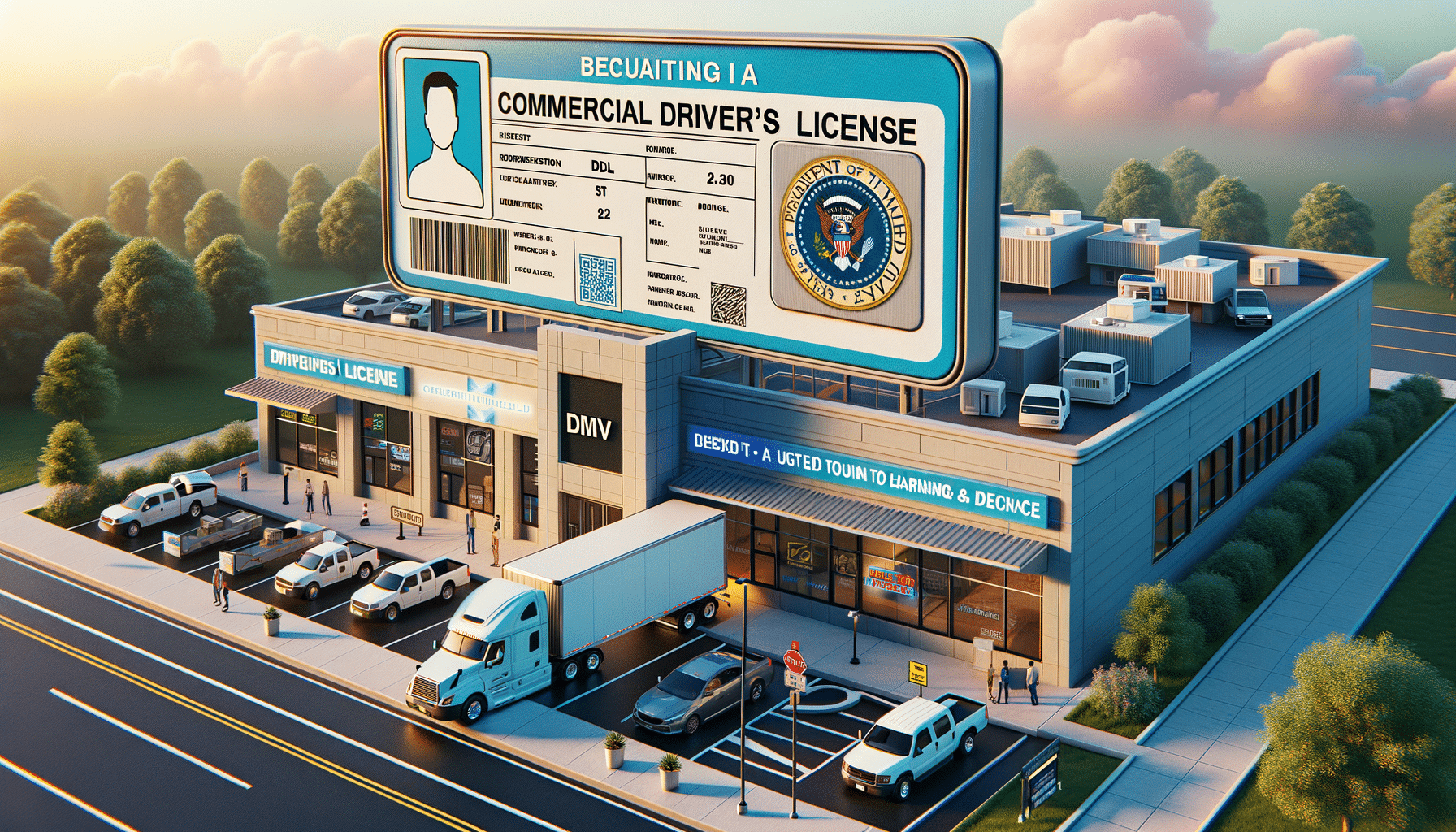
Guide to Obtaining a CDL Driver’s License
Understanding the CDL and Its Importance
Commercial Driver’s Licenses (CDLs) are essential for operating large or heavy vehicles, such as trucks and buses, in the United States. The CDL is not just another driver’s license; it represents a specialized skill set and knowledge base. Obtaining a CDL opens doors to numerous job opportunities in the transportation sector, a field that is crucial for the country’s economy. With the rise of e-commerce and logistics, the demand for qualified commercial drivers continues to grow. This makes acquiring a CDL a strategic career move for those interested in the transportation industry.
CDLs are categorized into three main classes: A, B, and C, each allowing the holder to operate different types of vehicles. Class A licenses cover the largest vehicles, including tractor-trailers, while Class B licenses are for buses and large trucks. Class C licenses apply to smaller vehicles that transport hazardous materials or carry more than 16 passengers. Understanding these distinctions is vital for determining which class best suits your career goals.
Beyond the practical benefits, holding a CDL also signals a commitment to safety and professionalism. The rigorous testing and training required ensure that only qualified individuals are entrusted with the operation of commercial vehicles. This not only protects the driver but also safeguards other road users. As such, a CDL is more than a credential; it is a testament to your dedication to maintaining high standards in road safety.
Steps to Obtain a CDL
Acquiring a CDL involves several steps, each designed to ensure that applicants are thoroughly prepared for the responsibilities of commercial driving. The process begins with obtaining a commercial learner’s permit (CLP). To qualify for a CLP, applicants must pass a general knowledge test that assesses their understanding of vehicle operation and road safety. This permit allows individuals to practice driving commercial vehicles under the supervision of a licensed CDL holder.
Once the CLP is secured, the next step is to enroll in a CDL training program. These programs provide hands-on experience with commercial vehicles and cover essential topics such as vehicle inspection, maneuvering, and adherence to federal regulations. Many programs also offer job placement assistance, making them a valuable resource for new drivers.
After completing the training, candidates must pass a skills test, which includes a pre-trip vehicle inspection, a basic control skills test, and an on-road driving test. This comprehensive evaluation ensures that drivers are capable of safely operating commercial vehicles in various conditions. Upon passing the skills test, applicants can apply for their CDL.
It is important to note that additional endorsements may be required depending on the type of vehicle or cargo. These endorsements, such as those for hazardous materials or passenger transport, involve additional testing and background checks.
Maintaining and Advancing Your CDL Career
Once you have obtained your CDL, maintaining it is crucial for a successful career in commercial driving. This involves adhering to state and federal regulations, including regular medical examinations and keeping your driving record clean. Employers often look for drivers with a history of safe driving, so maintaining a good record can open up more opportunities.
Continuing education and training are also important for career advancement. Many drivers choose to pursue additional endorsements or specialized training to increase their qualifications and earning potential. For instance, obtaining an endorsement for transporting hazardous materials can lead to higher-paying positions.
Networking within the industry is another effective way to advance your career. Joining professional associations and attending industry events can help you stay informed about trends and opportunities in the field. These connections can also provide valuable insights and support throughout your career.
Finally, as technology continues to evolve, staying updated on the latest advancements in vehicle operation and logistics is essential. Embracing new technologies can enhance your efficiency and safety on the road, making you a more competitive candidate in the job market.


